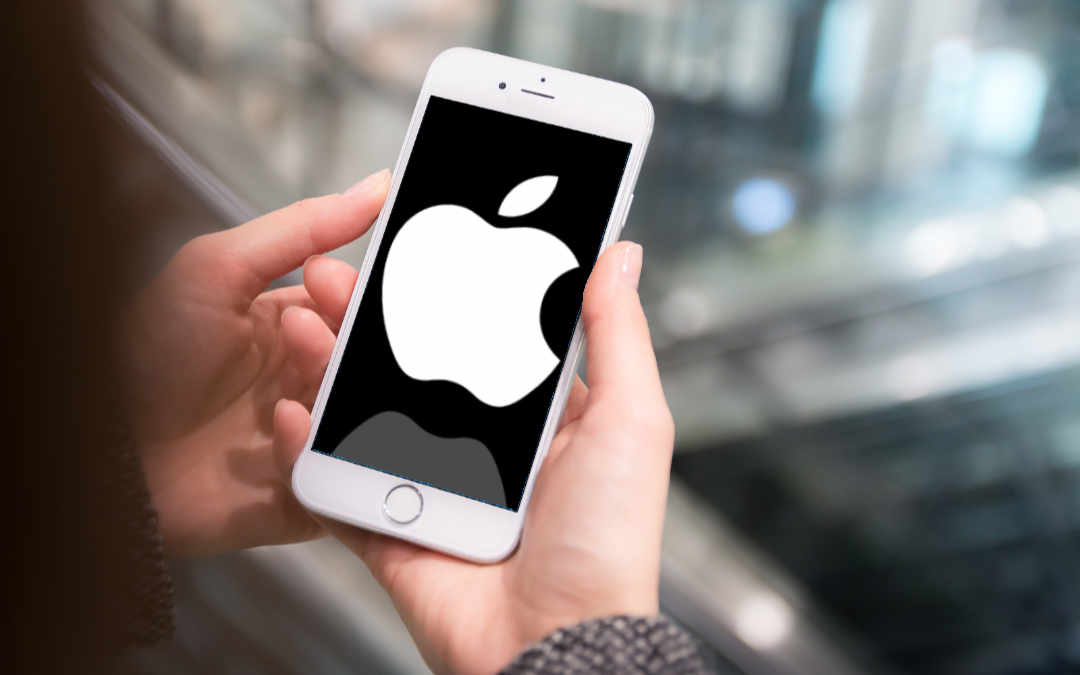Looking for the best smartphone in 2025? Explore the latest features, brands, and tips to find the perfect match for you
Navigating the smartphone market in 2025 requires understanding the rapidly evolving technology landscape. With manufacturers continuously pushing boundaries in processing power, camera capabilities, display technology, and battery performance, choosing the right smartphone has become increasingly complex. This guide examines the critical factors to consider when purchasing a new smartphone in 2025, highlighting important features, comparison points between major brands, and practical advice to help you make an informed decision aligned with your specific needs and budget.

Key Elements in Your 2025 Smartphone Buying Guide
When approaching a smartphone purchase in 2025, several fundamental elements deserve your attention. The processor performance remains crucial, with current-generation chips offering unprecedented speeds for multitasking and demanding applications. Display technology continues to evolve, with advancements in refresh rates, resolution, and screen durability becoming standard across price points. Camera systems have undergone significant transformations, with computational photography and multiple lens arrays delivering professional-quality results even in challenging lighting conditions.
Battery technology has also seen substantial improvements, with many devices offering multiple days of usage between charges and rapid charging capabilities that can restore significant battery percentages in minutes rather than hours. Finally, software support longevity has become increasingly important, with manufacturers committing to specific timeframes for operating system updates and security patches, directly affecting your device’s usable lifespan.
What to Consider Before Buying a New Smartphone
Operating system preference often serves as the initial decision point for many consumers. The Android and iOS ecosystems continue to offer distinct experiences, with each maintaining unique advantages in customization options, app availability, and integration with other devices. Storage requirements should be carefully assessed based on your usage patterns—particularly if you capture numerous photos and videos or download large applications.
Build quality and durability specifications have become more standardized, with IP ratings for water and dust resistance and improved screen protection technologies becoming common across various price segments. Connectivity options should match your geographical location and carrier preferences, with 5G coverage now widespread and 6G beginning its rollout in select markets. Additionally, considering your intended upgrade cycle is important—some users prefer annual upgrades to access cutting-edge features, while others seek devices that will remain viable for three to four years.
Essential Features to Look for in a New Smartphone
Display quality differences remain noticeable between device categories, with advancements in brightness levels, color accuracy, and energy efficiency separating premium offerings from budget alternatives. Processing power requirements should align with your typical usage—intensive gaming and multitasking demand high-performance processors, while basic communication and browsing can be satisfied with mid-range options.
Camera capabilities continue to serve as significant differentiators between smartphones, with computational photography and specialized shooting modes becoming increasingly sophisticated. Security features have evolved beyond basic fingerprint scanners, with advanced facial recognition, under-display biometrics, and enhanced encryption becoming standard. Battery performance varies widely between models, with capacity measurements providing only partial insight—efficiency optimizations and charging technologies play equally important roles in daily usability.
How to Choose a Smartphone for Your Needs
Professional users typically prioritize different features than casual consumers, with robust productivity applications, stylus support, multitasking capabilities, and seamless integration with work environments taking precedence. Photography enthusiasts benefit from devices with advanced manual controls, RAW image capture, specialized lenses, and enhanced post-processing capabilities. Gaming-focused smartphones offer higher refresh rate displays, enhanced cooling systems, and optimized touch response rates for competitive advantages.
Budget-conscious shoppers can find compelling options across various price points, with manufacturers applying trickle-down technology from premium models to their mid-range and entry-level offerings. For those concerned with environmental impact, several manufacturers now provide detailed sustainability reports, extended software support, and more repairable designs with accessible replacement parts.
Smartphone Brand Comparison and Market Positioning
When evaluating smartphone options in 2025, understanding how different manufacturers position their products can provide valuable context for decision-making. Major brands have established distinct approaches to features, design philosophy, and after-sales support.
| Brand | Market Position | Software Support | Key Strengths |
|---|---|---|---|
| Apple | Premium segment with integrated ecosystem | 5-6 years of OS updates | Ecosystem integration, performance, privacy features |
| Samsung | Full market coverage from budget to premium | 4-5 years of OS updates | Display technology, camera versatility, One UI features |
| Mid to premium with AI focus | 5 years of OS updates | AI capabilities, clean Android experience, computational photography | |
| Xiaomi | Value-focused across all segments | 3-4 years of OS updates | Performance-to-price ratio, battery life, MIUI customization |
| Nothing | Mid-range with distinctive design | 3 years of OS updates | Unique aesthetic, clean software, competitive pricing |
Prices, rates, or cost estimates mentioned in this article are based on the latest available information but may change over time. Independent research is advised before making financial decisions.
Smartphone Upgrade Timing and Considerations
Determining the optimal time to upgrade your smartphone involves evaluating several factors beyond simply wanting the latest technology. Most manufacturers maintain predictable release schedules, with flagship devices typically launching at similar times each year—often accompanied by price reductions on previous models. Technical advancements between generations vary in significance; some years bring revolutionary changes like substantial camera improvements or display technologies, while others offer more incremental refinements.
The condition of your current device naturally influences upgrade timing, with battery degradation often serving as a primary motivator as older devices struggle to maintain acceptable daily performance. Software support status provides another critical consideration, as devices beyond their update window may be vulnerable to security issues or incompatible with newer applications. When upgrading, evaluate whether your requirements have changed since your last purchase—perhaps battery life has become more important than processing power, or camera capabilities now outweigh display quality in your priority hierarchy.
In summary, finding the right smartphone in 2025 requires balancing technical specifications, brand ecosystems, personal preferences, and budgetary constraints. By methodically evaluating your specific needs against available options and understanding how different manufacturers approach their product development, you can make a selection that provides satisfaction throughout your intended ownership period.




